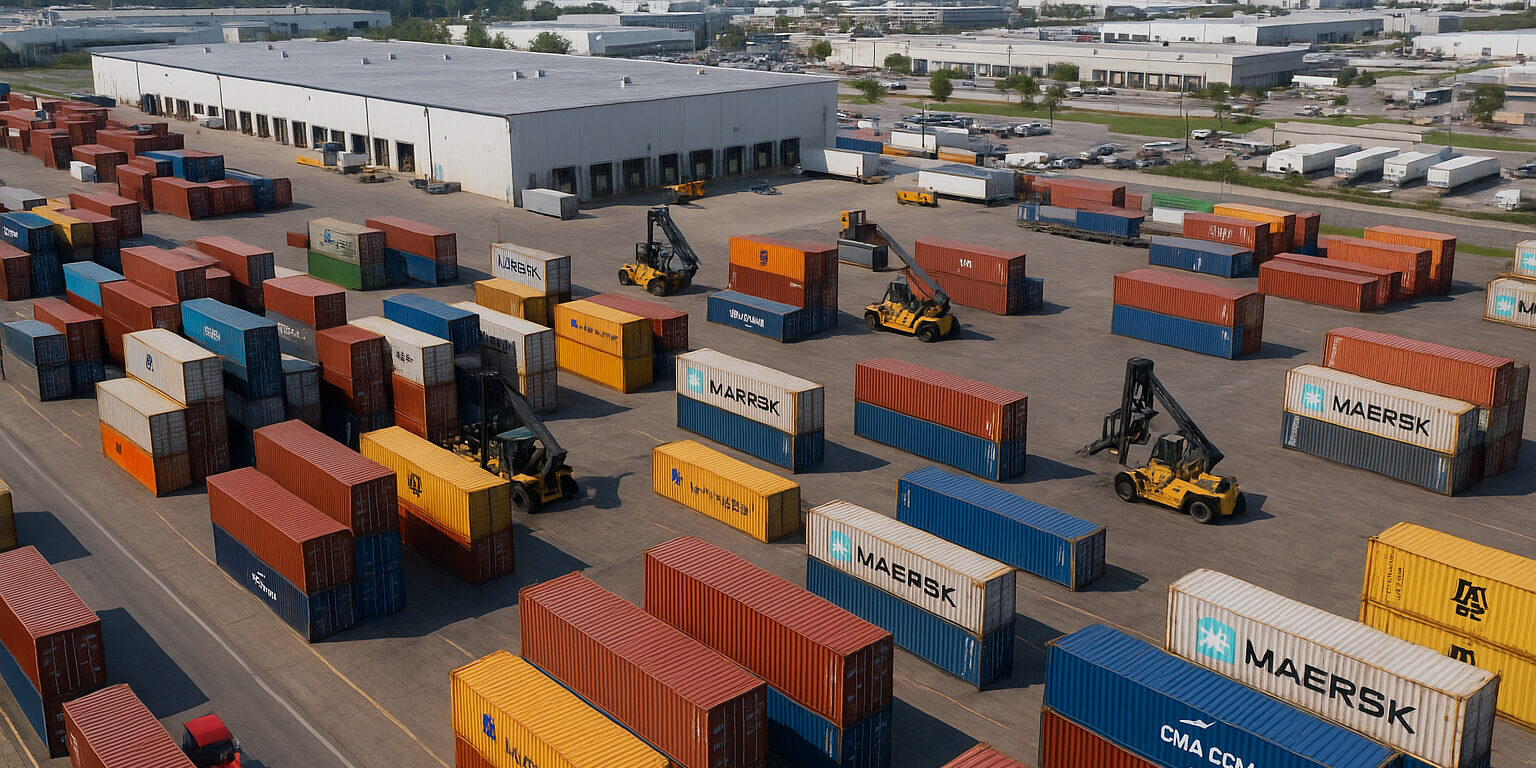A resilient supply chain has become a critical priority for businesses navigating an increasingly unpredictable world. Disruptions like material shortages, shipping delays, natural disasters, and geopolitical shifts can impact operations in ways that ripple across entire industries. Building resilience means creating a supply chain that can absorb shocks, adapt quickly, and continue delivering value even under pressure. With thoughtful planning and modern strategies, organizations can strengthen their operations and stay competitive in a dynamic global landscape.
Diversifying Suppliers and Geographic Sources
One of the most effective ways to reduce risk is by avoiding dependence on a single supplier or region. When companies rely heavily on one source, any disruption—whether environmental, economic, or logistical—can halt production entirely. Building a network of alternative suppliers increases flexibility and ensures continuity during unexpected events. Geographic diversification also helps businesses respond more effectively to regional challenges, making the supply chain more stable overall.
Increasing Visibility Through Real-Time Data
Modern supply chains rely heavily on real-time information to track inventory, shipments, and supplier performance. Technologies like IoT sensors, predictive analytics, and digital dashboards allow companies to spot issues early and make informed decisions quickly. Improved visibility helps organizations forecast demand more accurately, identify bottlenecks, and maintain transparency across the entire supply network. When leaders have timely data, they can shift strategies before minor issues become major disruptions.
Strengthening Inventory and Logistics Strategies
Resilience often requires balancing efficiency with preparedness. Instead of maintaining minimal inventory levels, companies are increasingly adopting safety stock strategies to protect against fluctuations. Smarter logistics planning—such as using multiple transportation modes, regional distribution centers, or flexible carriers—ensures smoother operations even when disruptions occur. These adjustments create buffers that allow businesses to continue meeting customer needs without major delays.
Building Strong Collaboration With Partners
A resilient supply chain depends on strong relationships across all levels—suppliers, manufacturers, distributors, and logistics partners. Open communication, shared planning, and data transparency help each stakeholder anticipate challenges and work toward solutions together. Collaborative partnerships lead to faster recovery times, better problem-solving, and more synchronized operations. When partners trust each other, the entire network becomes more adaptable and resilient.
Conclusion
Building a resilient supply chain requires a thoughtful blend of diverse sourcing, real-time visibility, strategic inventory planning, and strong partnerships. By proactively strengthening each part of the network, businesses can reduce vulnerabilities and respond confidently to uncertainty. A well-prepared supply chain not only weathers disruptions but also positions the organization for long-term growth and stability.






